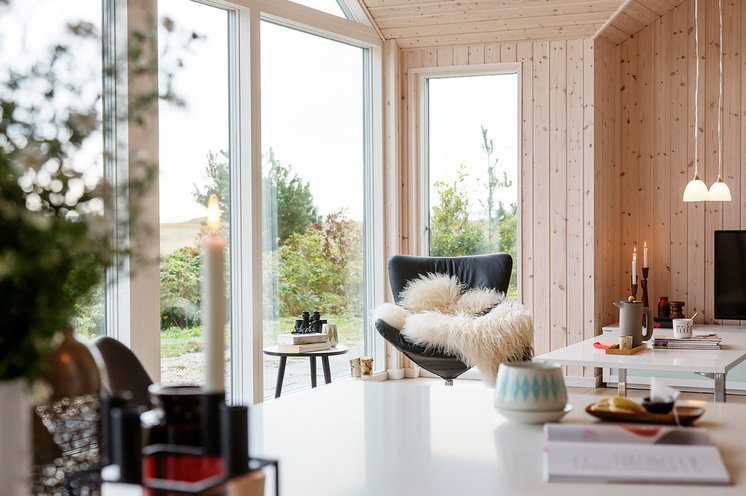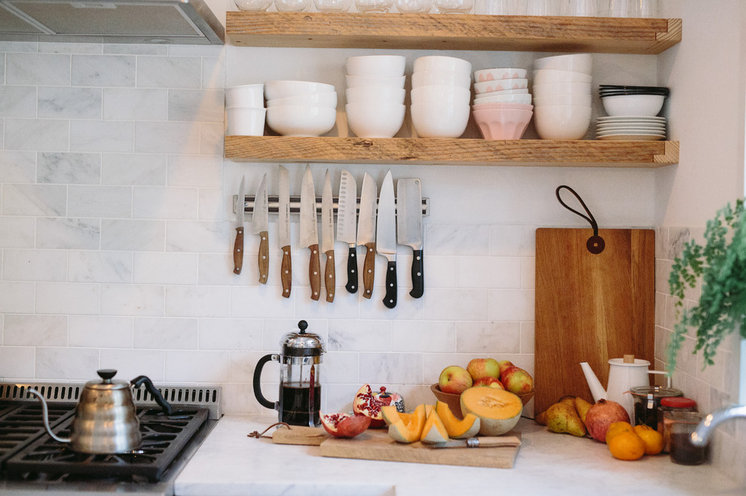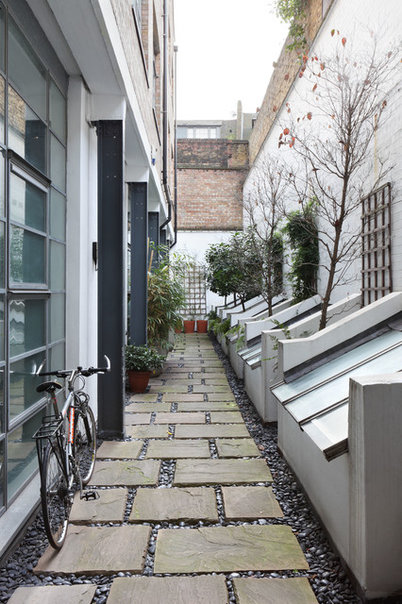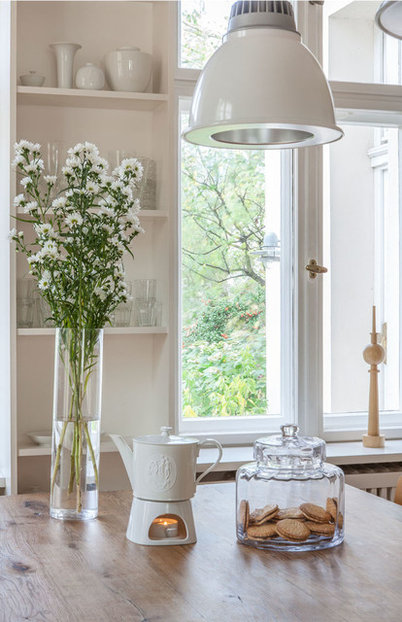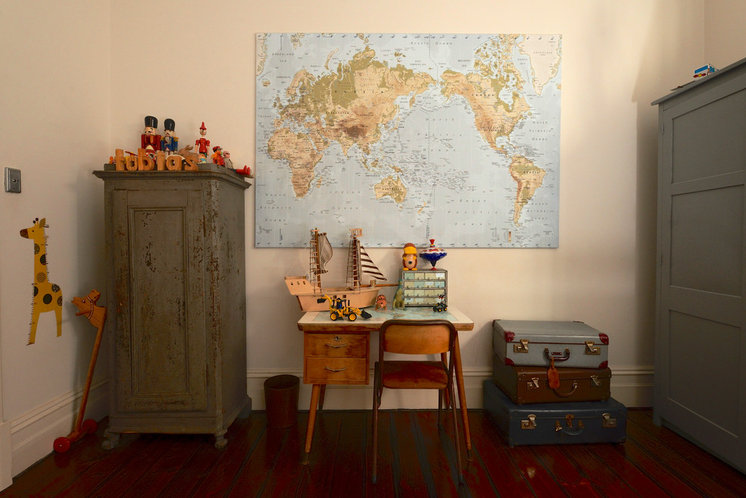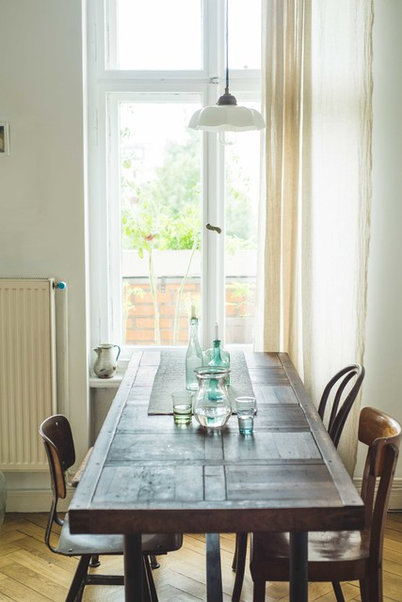Slow Living 101: Tips for Turning Off the Chaos
A better question might be: Why on Earth are we trying to go so fast? There’s no need to move at a snail’s pace, but slowing down enough to move through your day with purpose helps calm frazzled nerves, make more personal connections and, paradoxically, allow you to feel you have more time than when you’re rushing around.
One of the first steps in learning to live slow is to recognize that slowing down is a choice open to us all. If this is a busy time in your life, it may be tempting to think that you don’t have time to slow down — but there are always ways to go a bit slower, no matter how much is on your plate. You can start small! As you read through the suggestions, make a mental note of one or two you’d like to try today.
The slow-living phenomenon has its roots in the Slow Food movement, started by Carlo Petrini in the 1980s in Italy. Favoring mindful eating and conversation rather than what had become the norm — gulping down food and racing back to work — Slow Food aims to provide an antidote to fast food. Slow living is an expansion of this simple idea of slowing down enough to enjoy your life, from how you eat your meals to the way you get to work to how you spend your free time.
- Sit down at a table and eat from a real plate, even if the food is takeout.
- Take a full, deep, centering breath before you begin.
- Put your phone/laptop/book away and simply focus on each bite.
- Invite coworkers to share a meal at lunch rather than eating alone at your desk.
- Make an effort to gather with your family at dinner.
Rethink your commute. The morning and evening commute can be quite stressful. One way to embrace slowness is to modify or even do away with a traditional commute. Could you ride a bike or scooter — or walk — to work instead of driving? Take public transportation instead of a car, or ask your boss about telecommuting one or more days each week?
If your current work situation requires a lengthy commute that really drains you, perhaps you could begin to explore other work opportunities closer to home. Even if you can’t do anything to ease your commute, see if there’s some minor tweak that would make it a more pleasant experience. For instance, you could leave earlier to avoid the worst traffic, or use the time to listen to a meditation recording or audiobook.
Take this to heart the next time you find yourself feeling a little bored, and choose not to rush off into a new activity. Instead, pay closer attention to what you’re feeling, the color of the sky, the light and the people around you.
